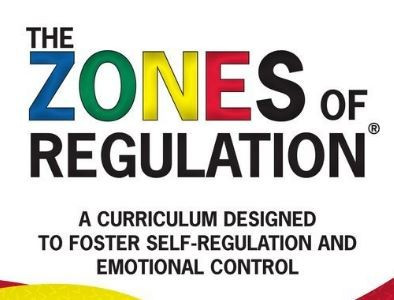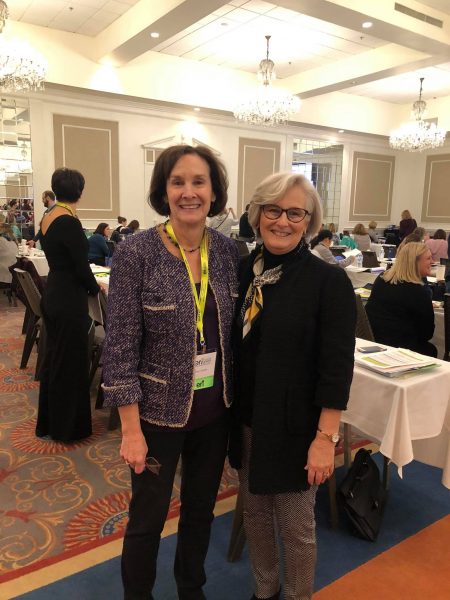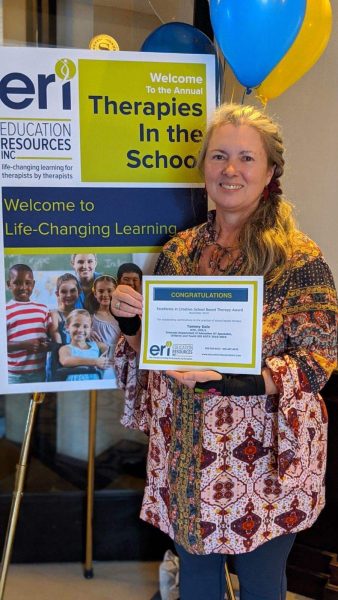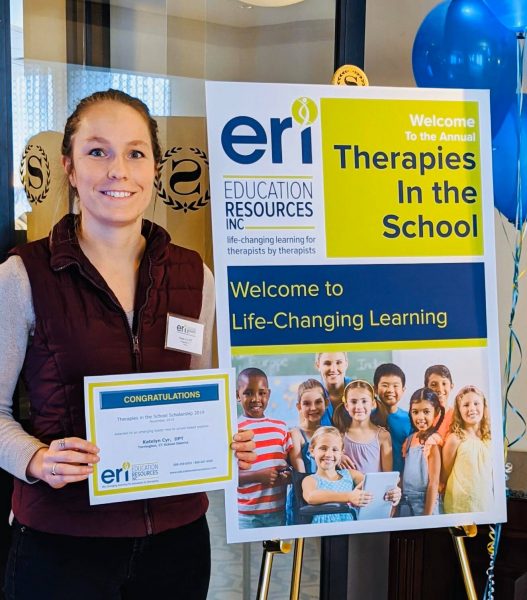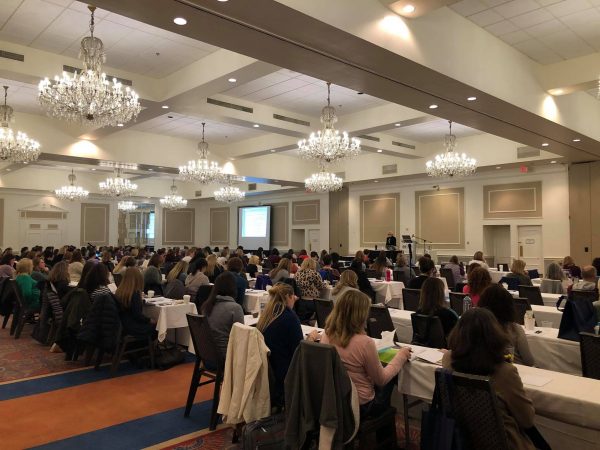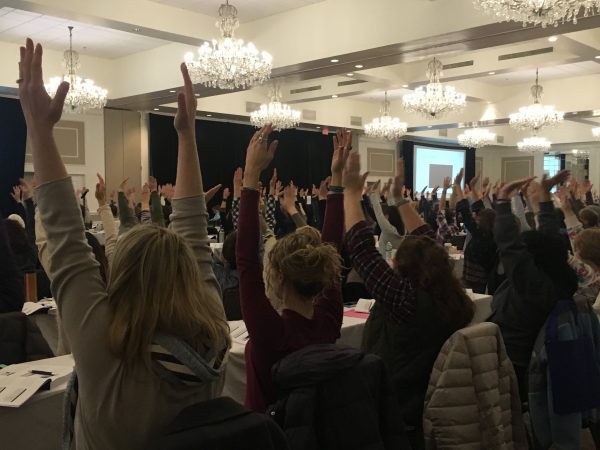 Are you therapists seeking to improve your skills in diagnosing and treating BPPV? If so, ERI has the course for you! Register for “BPPV: A Comprehensive Approach to Diagnosis and Treatment” with Kim Fox, PT, DPT. Kim is an inspiring presenter and dedicated therapist who has worked in numerous settings and served in active duty as a reservist for the U. S. Airforce. She will help participants gain a better understanding of typical and atypical forms of BPPV and how to treat them. Participants will dive into the depths of BPPV to effectively, efficiently, and properly diagnose and treat these patients, consistent with evidence-based medicine. Participants will also learn other vestibular and non-vestibular basics to understand when signs and symptoms and not consistent with BPPV. This course will include many videos of positional nystagmus and various abnormal eye movements from other peripheral and central sources, ensuring plenty of opportunities to learn how to identify abnormal eye movements first-hand. You will walk away with a commanding knowledge of BPPV and how to treat this common form of peripheral vertigo, even when the presentation is not as common.
Are you therapists seeking to improve your skills in diagnosing and treating BPPV? If so, ERI has the course for you! Register for “BPPV: A Comprehensive Approach to Diagnosis and Treatment” with Kim Fox, PT, DPT. Kim is an inspiring presenter and dedicated therapist who has worked in numerous settings and served in active duty as a reservist for the U. S. Airforce. She will help participants gain a better understanding of typical and atypical forms of BPPV and how to treat them. Participants will dive into the depths of BPPV to effectively, efficiently, and properly diagnose and treat these patients, consistent with evidence-based medicine. Participants will also learn other vestibular and non-vestibular basics to understand when signs and symptoms and not consistent with BPPV. This course will include many videos of positional nystagmus and various abnormal eye movements from other peripheral and central sources, ensuring plenty of opportunities to learn how to identify abnormal eye movements first-hand. You will walk away with a commanding knowledge of BPPV and how to treat this common form of peripheral vertigo, even when the presentation is not as common.
Reserve your spot for “BPPV: A Comprehensive Approach to Diagnosis and Treatment” will take place on March 21-22, 2020 at Piedmont Atlanta Hospital in Atlanta. Register online before December 27, 2019, and use code HOLIDAY2019 and save $50.

